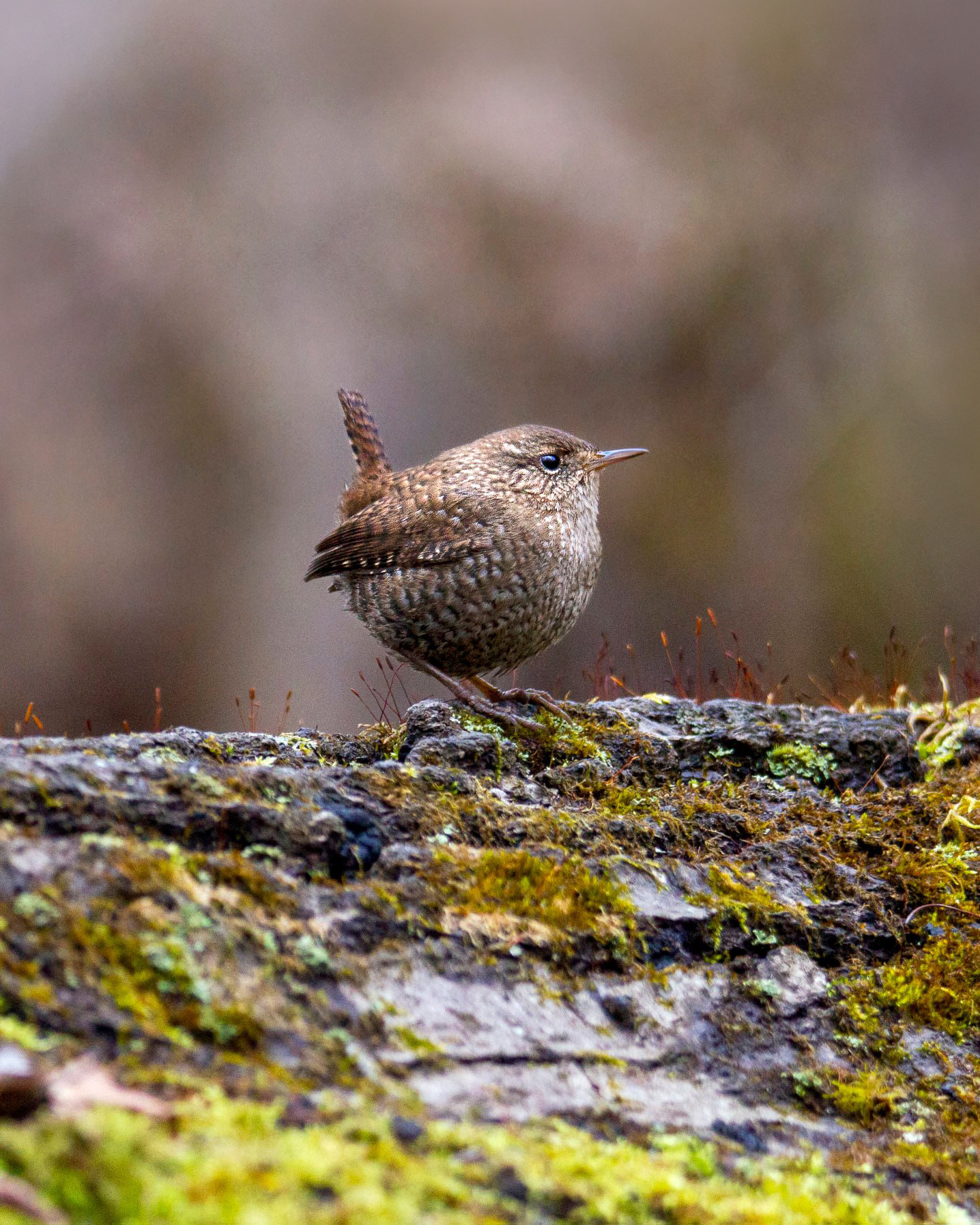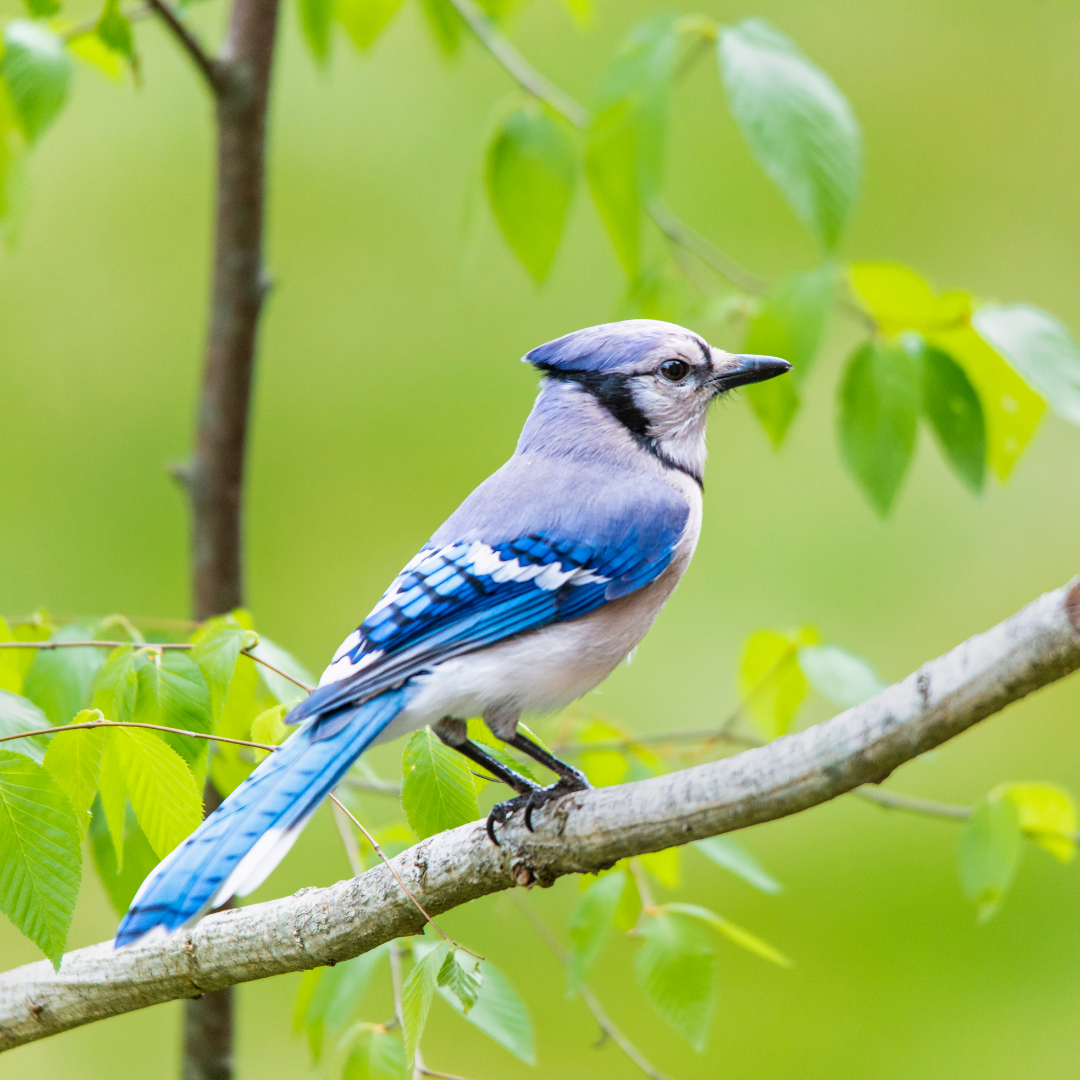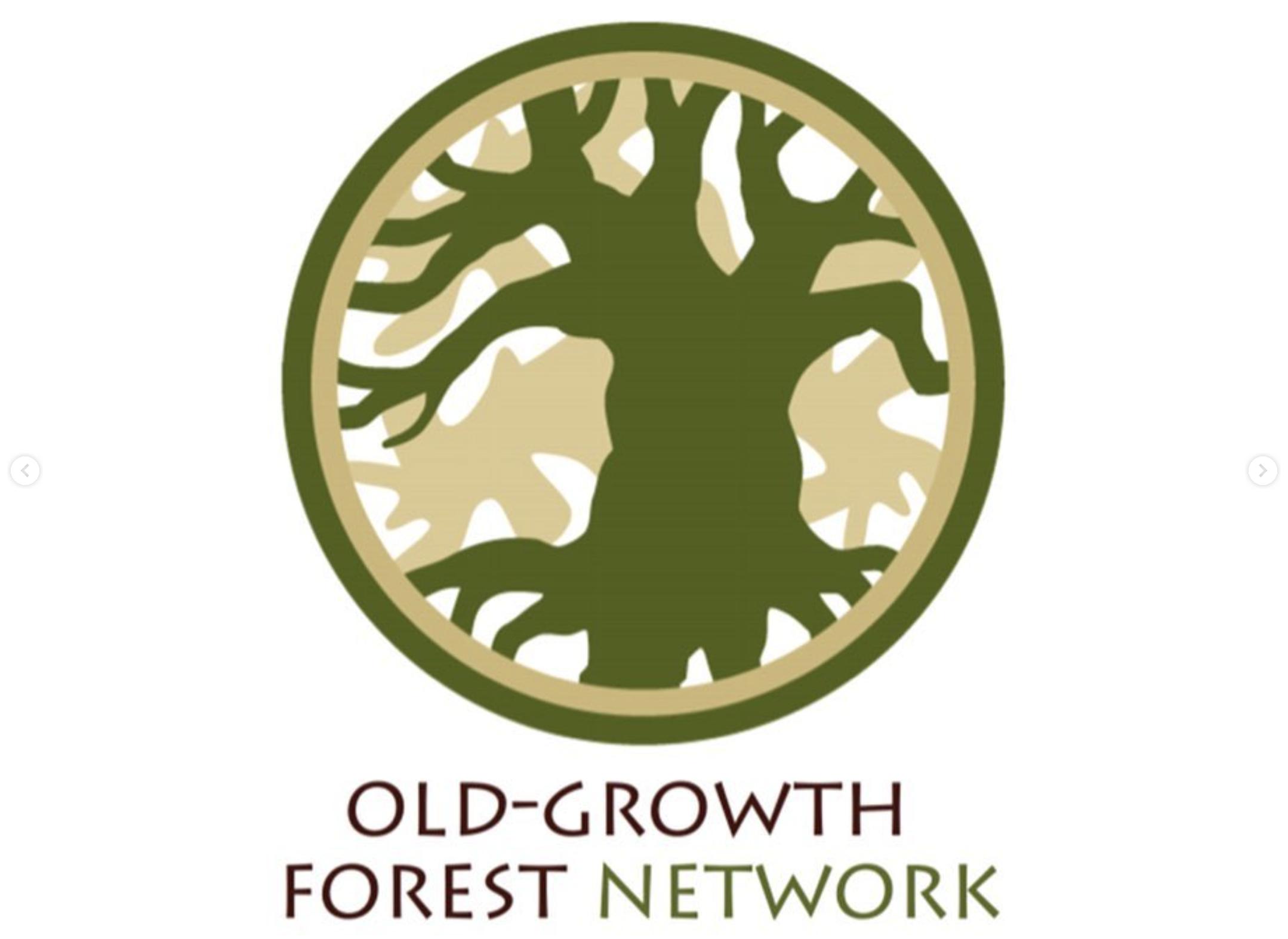Conservation News
Conservation News
Conservation News
Here's a quick guide resource of the latest news and happenings in the world of conservation.
.jpg)
2023 Christmas Bird Count Results
On Sunday, December 31, Cincinnati Nature Center took part in the annual Audubon Christmas Bird Count. Thirty participants walked roughly 9 miles of our trails and recorded all the bird species they could identify by sight or sound.
In total, the participants counted 38 different bird species! The full list of species and numbers spotted is below.
Special thanks to staff members Cory Christopher, Tim Nabors, Jake Sberna, and all of our wonderful volunteers that got up bright and early to help with the count.
Species and Total Individuals Spotted
- Northern Cardinal: 229
- Tufted Titmouse: 169
- Carolina Chickadee: 148
- House Finch: 148
- American Goldfinch: 138
- Downy Woodpecker: 110
- White-throated Sparrow: 93
- American Robin: 80
- Red-bellied Woodpecker: 77
- Blue Jay: 75
- Dark-eyed Junco: 47
- Cedar Waxwing: 40
- Mallard: 37
- White-breasted Nuthatch: 33
- Mourning Dove: 30
- Canada Goose: 30
- Hairy Woodpecker: 25
- Carolina Wren: 23
- Red-headed Woodpecker: 18
- Eastern Towhee: 15
- Song Sparrow: 14
- Eastern Bluebird: 12
- Golden-crowned Kinglet: 8
- American Crow: 7
- Northern Flicker: 6
- Yellow-rumped Warbler: 5
- Pileated Woodpecker: 4
- Yellow-bellied Sapsucker: 3
- Red-shouldered Hawk: 2
- Brown Creeper: 2
- Cooper's hawk: 1
- Red-tailed Hawk: 1
- Belted Kingfisher: 1
- Hermit Thrush: 1
- Northern Mockingbird: 1
- Pine Siskin: 1
- Chipping Sparrow: 1
- Fox Sparrow: 1
Old-Growth Forest Network
In April of 2023, Rowe Woods was officially inducted into the Old-Growth Forest Network for having some of the last remaining acres of old-growth forest in the nation. The forests that are part of the Old-Growth Forest Network are chosen because they’re among the oldest known forests in their county and have a formal protection in place to ensure the trees and ecosystem are protected from commercial logging.
This induction not only proves that we have this ecologically important habitat on our property, but that our conservation team has been managing this land in a manner that’s helped to keep it healthy.

2022 Christmas Bird Count Results
On Monday, December 26, we took part in the annual Audubon Christmas Bird Count. Nineteen participants walked a combined 11 miles of trails and recorded all of the bird species they identified by sight or sound. We managed to count 34 different bird species, including a flyover of 60 sandhill cranes! The full list of species and numbers spotted is below.
Special thanks go out to Tim Nabors, Jake Sberna, Kelly Volz, Andy Fix, Cathy Corsmeier, and Paul Korn for coming out early Monday morning to help count. And a big shout-out to our Project Feeder Watch groups for counting the birds at our feeders to round out the count.
Species and Total Individuals Spotted
- American crow: 5
- American goldfinch: 47
- American robin: 22
- American tree sparrow: 14
- Blue jay: 110
- Brown creeper: 1
- Carolina chickadee: 61
- Carolina wren: 20
- Cooper's hawk: 4
- Dark-eyed junco: 111
- Downy woodpecker: 44
- Eastern bluebird: 13
- Eastern towhee: 49
- Field sparrow: 4
- Fox sparrow: 1
- Golden-crowned kinglet: 8
- Hairy woodpecker: 25
- House finch:12
- Mourning dove: 4
- Northern cardinal: 289
- Northern flicker: 1
- Pileated woodpecker: 4
- Red-bellied woodpecker: 60
- Red-headed woodpecker: 14
- Red-shouldered hawk: 2
- Red-tailed hawk: 1
- Sandhill crane: 60
- Song sparrow: 37
- Tufted titmouse: 160
- White-breasted nuthatch: 33
- White-crowned sparrow: 2
- White-throated sparrow: 88
- Winter wren: 2
- Yellow-bellied sapsucker: 1

